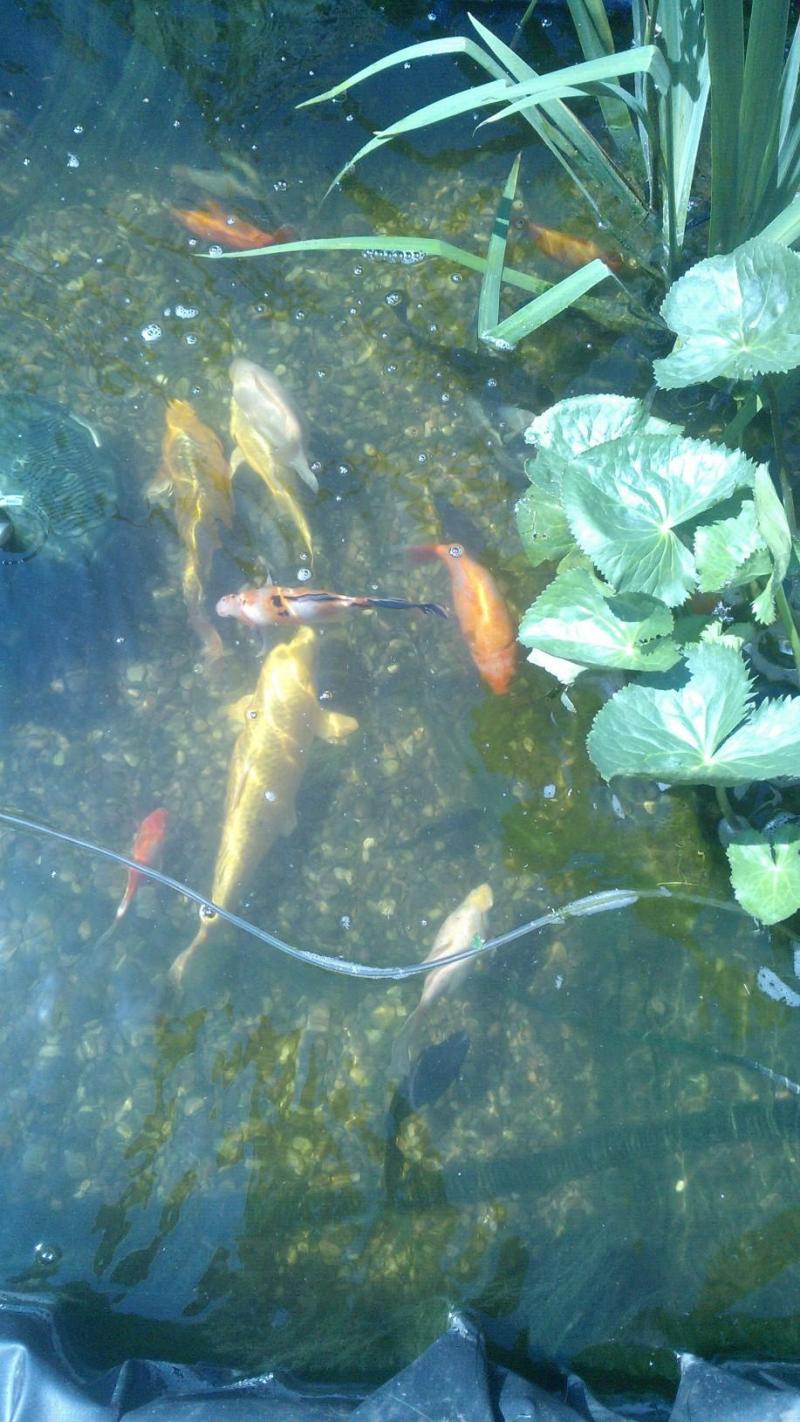I am going to phone the supplier in the morning and ask for clarification as i have some issues with the instructions.
I am ready to be corrected but in my eyes, this is an appliance not part of the fixed wiring of an electrical installation and therefore it would not be notifiable.
I have the 9000 model of this pump in my pond and i did not notify it but there again, would it be under the control of a compertent person so i would not have to
I am ready to be corrected but in my eyes, this is an appliance not part of the fixed wiring of an electrical installation and therefore it would not be notifiable.
I have the 9000 model of this pump in my pond and i did not notify it but there again, would it be under the control of a compertent person so i would not have to



